This week, we got to interview James Lightfoot, an independent developer of the upcoming crowdfunded game The Mystery of Woolley Mountain. It has already featured in GameSkinny’s article about crowdfunding video games and is on our radar as one game to look out for in 2017 (spoiler alert: article coming soon).
We discussed everything from what has inspired James, to what it is like being an indie developer and also about the Kickstarter experience.
The game is set for release in October and is an exciting 2D point and click adventure game. The game is set in a surreal fantastical world, where a group of renegade audio scientists are trying to save a town of children from a malevolent witch, on the mysterious island named Woolley Mountain.
Game Skinny: What was the inspiration behind The Mystery of Woolley Mountain?
James Lightfoot: I decided about a year and a half ago that I wanted to make a game, but had never made a game before. I always loved point and click games and it occurred to me that it would be the best thing to create and as such, decided to teach myself Unity. It made sense that my first game was story and puzzle based and my favourite genre of all time.
I’m in a band called the Helmholtz Resonators and we wrote a story called The Mystery of Woolley Mountain that we did some music for and a friend did artwork for. That was a great story; it was slightly ignored by the world, so when I made my game, I thought why don’t I base it on these characters. Everything came together in a natural way, the story was already written and the characters already existed. It therefore made sense to make the game with this story, characters and music.
In terms of games that inspired me, I would say classic games like, The Secret of Monkey Island, but also 80’s cartoons, such as The Trap Door and The Phantom Tollbooth. This inspired me in terms of storytelling and the worlds you can create.
GS: What prompted the change of art style, from the original to the new style?
JL: This is probably just going to be the cover I think. The cover was designed by a friend, as I wanted a painted version. I wanted a new logo and a new cover, because if you look at the cover of The Secret of Monkey Island, it’s a very beautiful painted cover, which is different to the in-game style and gives it more of a cinematic feel, like a poster. The in-game graphics will remain, but the cover will change to the new look.
GS: How did you find your first Expo visit, at Manchester in October?
JL: It was wonderful and I was so happy and in awe of all the kinds of gamer people because the gaming community is such a welcoming community, where everyone wants to help each other out, everyone was interested in the game, recommends other games and wants to play and review your game. It was a really lovely environment.
I was so over the moon with the feedback, everyone who came to play the game would play it for ages — to the extent where I had to tell people to ‘get off and let others have a go!’ Kids would play it and love it and it hadn’t occurred to me that young kids would love the storytelling, the puzzles and the interface of a point and click game. It was lovely to see that all ages can enjoy it.
It was a fantastic Expo. I did one in London recently, which was great, so I’ve done two now and I can’t wait to do more.
GS: Was there anyone in particular who inspired the characters?
JL: There wasn’t anyone in particular, because all the traits of the characters are not the same as the band versions. For me, it was getting some classic character traits, such as the fussy guy, the ladies’ man and you’ve got the lazy one. There is the scientist guy who is very studious, and then you’ve got the robot who is the butler.
You could say, it is a bit like Red Dwarf in a way — you’ve got Kryton the nice robot, Lister the lazy one and the uptight one in Rimmer. Even Star Wars, with Luke being the young, studious one, Han Solo is the carefree cavalier type and C3-PO is the automaton. This was, I guess a subconscious influence and I think characters exist over and over in different things.
GS: How did you find the whole Kickstarter process and how did it feel to be Greenlit on Steam?
JL: I found the Kickstarter process to be very tough. I didn’t realise just how much work there would be in the Kickstarter process before I started.
I did a lot of prep, making a video, doing research and making the page brilliant, but I didn’t realise how hard you have to push on social media, to get people to pledge, without repeating yourself. If you keep saying ‘please pledge’, people will just unfollow you. Every time you get a notification on your phone that someone has pledged, it is an amazing feeling and you get obsessed by it all.
You need to think of different ways to show the game, such as new videos or new imagery, all within one month. You need to keep in touch with magazines and blogs too, to mention the game. Once it builds momentum, it snowballs, as the media see it doing well and continue to mention the success.
To be Greenlit on Steam was wonderful, as it is a massive platform to get your game out to and it is an honour to be up there. It kind of came out of nowhere. You kind of have to link your Kickstarter people to Steam and it bounces back and forth.
GS: What inspired you to do indie games development?
JL: I want to be a games designer and it made sense to me that the best way to become an indie developer is to make a game. If the game’s successful, it allows me to make another game, but equally it becomes my portfolio to show large game development firms.
I’ve still got 10 months to complete the game and I may be burnt out by the experience, but I have plans and ideas for another game. But if you want to be something, you have to do the things needed in order to achieve it – go and make it so. It’s like if you want to be a footballer, you have to get a ball, go outside and practice, practice, practice.
The individuality of someone’s art is what makes it successful. If, say you’re an artist, no one cares how well you can draw; it’s what expression you’re making with the drawing and the style that you bring which is new and fresh. It’s what you create, not what it is meant to be compared to.
GS: Do you view the game as a stand-alone game, or as part of a series?
JL: I think it depends on how well it does, whether I want to look at those characters ever again. If it’s successful and people want a sequel, then the sequel would have to be a point and click adventure game. But I might kind of think of making it a 2.5D, or maybe 3D, I don’t know.
I think my initial thought is to do an entirely different genre for my next game, which is what I want, purely because I’d have been doing a point and click adventure for two years when the game is released. It would be fun to do a side scrolling shoot ‘em up game, but with those characters in, something different.
GS: How long is the game expected to last to fully complete?
JL: I find this a little difficult to answer because it depends on how good you are at point and click games. I think it is definitely going to be a good amount of time to play it. Parts 1 and 2 are very big but part 3 will be a little bit smaller, owing to its smaller environment.
It takes me about 45 minutes to an hour to complete part 1 and that’s knowing exactly what to do. Even if you flew through part 1, it would still take at least 45 minutes, there’s that much to it.
I recently played Duke Grabowski, the point and click game and the artwork was done by the same person who did The Curse of Monkey Island. I enjoyed playing it but it was very short. My part 1 is bigger than that, so it is unlikely it could be completed in one sitting, unless you’re a genius.
I want this game to have one of those middle of the night Eureka moments, where you go ‘of course’, you use the thingamabob with the wotsit’.
I certainly should have priced it higher when I did my Kickstarter, it’s worth the £7.00 ($8.69), for a digital game, I should have priced it at £15.00 ($18.64) for the size of the game, I think. You look at other Kickstarters in the genre that have been successful and you think right, that’s a good pricing point, but later on, you see another successful one that’s charging twice as much which has done really well too and you just think, never mind. But it’s not about the money, it’s about making the game and getting it out there on all the platforms.
GS: How long did you spend contemplating the game before bringing it to Kickstarter?
JL: I wanted to make sure that part 1 of the game was pretty much playable before I did the Kickstarter, because I wanted to make sure that I could actually make this game. This helped in making the video, so I could show the game actually being played. And this puts backers’ minds at rest when they see it being played; that there is actually a game you can play. With most Kickstarters, the game is just an idea, a few sketches, it doesn’t exist.
I spent from October 2015 to May 2016 designing the game, then two months getting the Kickstarter ready.
GS: What have you learnt about yourself, gaming and life throughout the whole process?
JL: I’ve learnt that if you want to do something, you should do it, have a go at it and believe in yourself. For a Kickstarter, you have to research, be thorough, and want to do it, be passionate about it and put the work in. Once you’ve done a Kickstarter, that’s a promise and you have to fulfil that promise.
For me, doing a Kickstarter, a whole world has opened up, of new wonderful people in the industry, guys like yourself and doing Expos. Everyone is willing me to make this a success. I’ve learnt that the gaming community is a fantastic community.
But the main thing I’ve learnt is that it’s not easy to make a game, it is a lot of work, especially if you’re doing it yourself. But I love every minute of it, so it’s all fine. I find it very therapeutic to make my game, I can sit there, zone out and just be programming or writing a story. I am so pleased I did this project.
GS: What do you hope backers and players will take away from the game?
JL: I hope they take away a thrilling and humorous story and adventure that they are part of. And just enjoy the game and feel the passion, love and work that has gone into it, that drips off the screen when you play it.
I want people to feel that they’ve got more than their monies worth and that they want to know more about me and my next game. And that they tell other people about it, because for me, as a player and backer of other games, when you finally get that game and it’s better than you hoped you tell the world about it. If you get a game and it’s not as good as you thought, you tell the world about that too. I’d rather people say that they loved every minute and they enjoyed it and had a wonderful experience.
This game truly looks promising; with its impressive art style, funny characters, intriguing story and retro reminiscence. I am truly excited about this game and cannot wait for it to materialise.
Game Skinny wishes James Lightfoot the very best of luck with the development of the game and looks forward to learning more about it as it progresses.
If you would like to like to learn more about the game, check out the details on the official website and on Twitter @WoolleyMountain for the latest news.

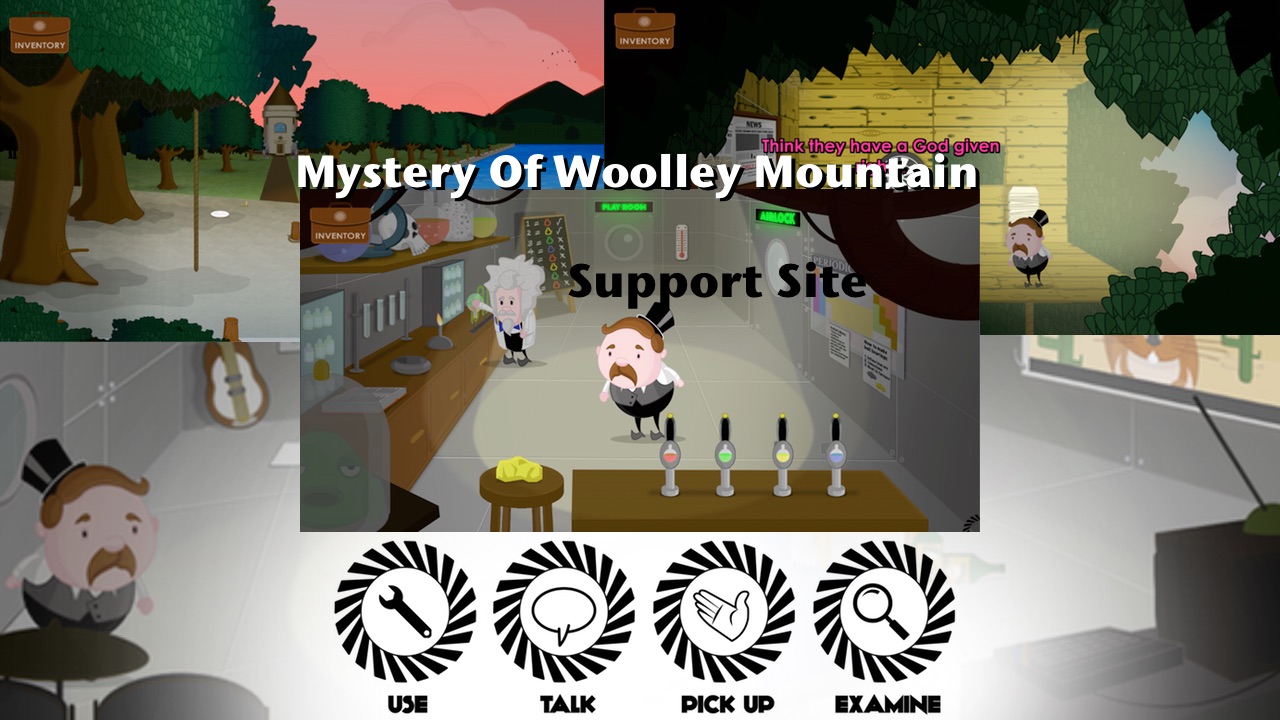
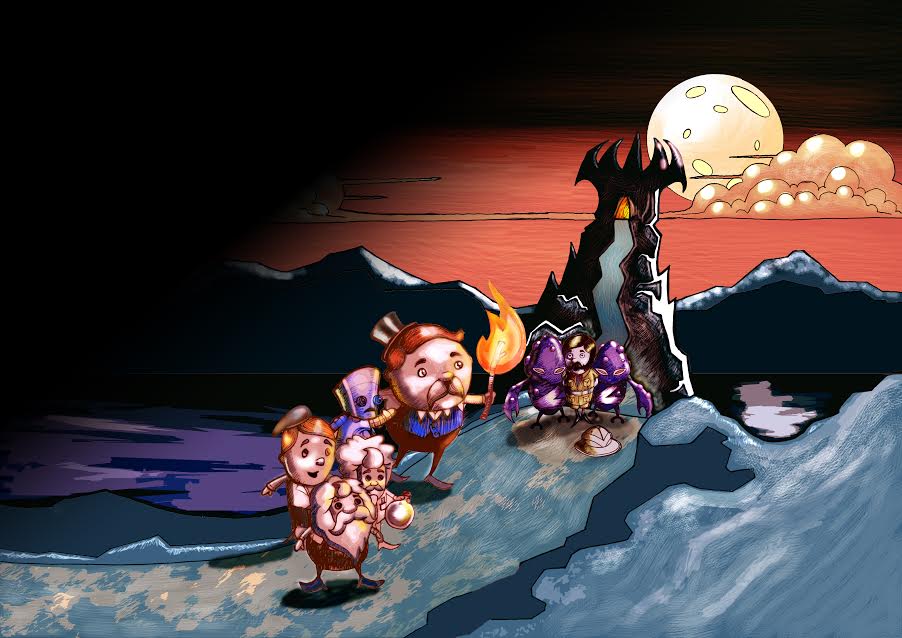
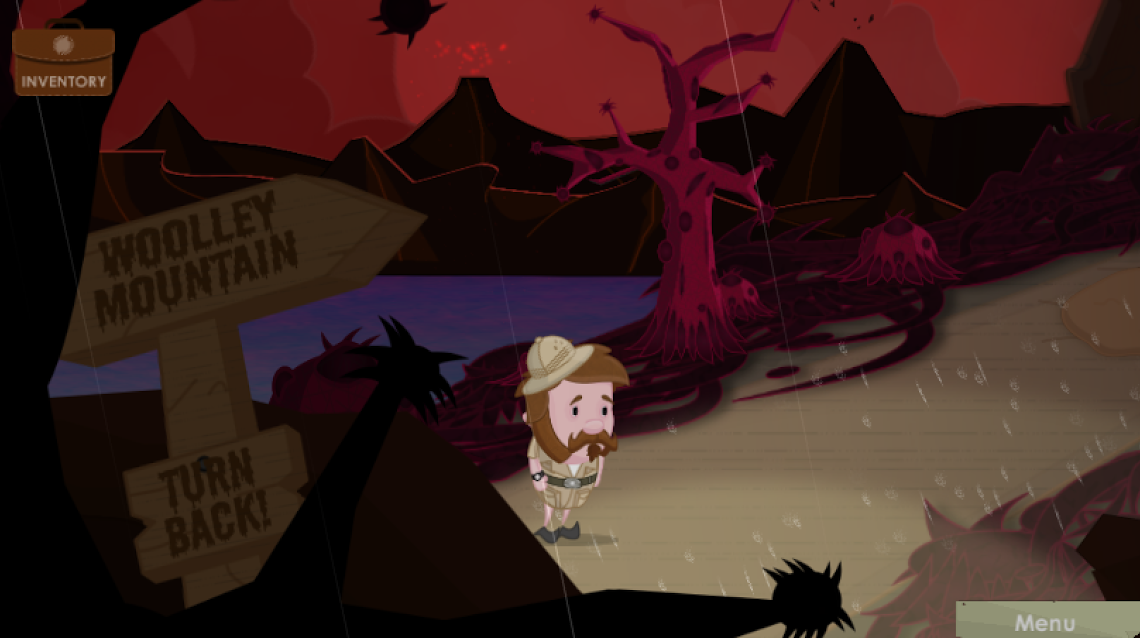
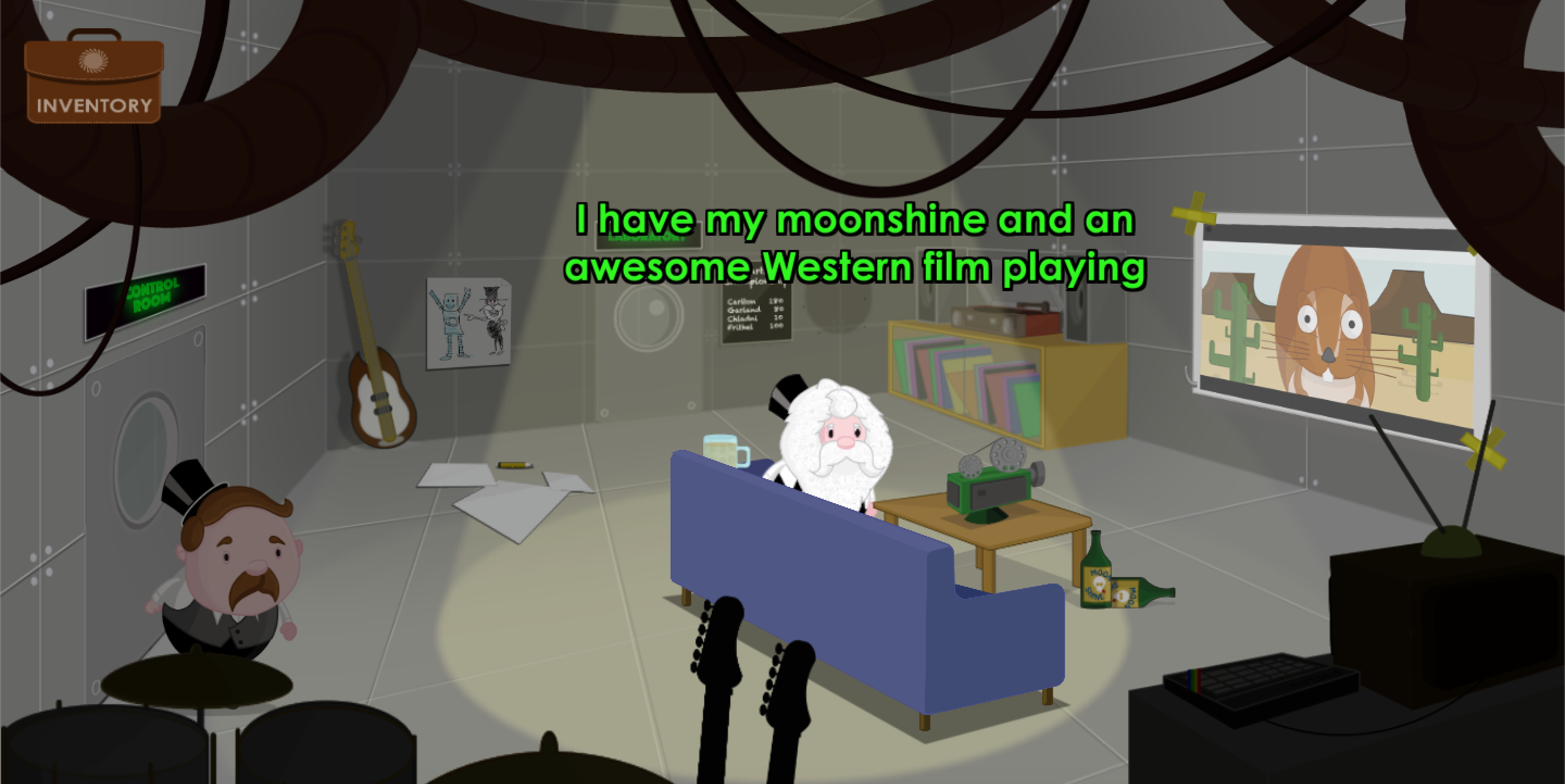
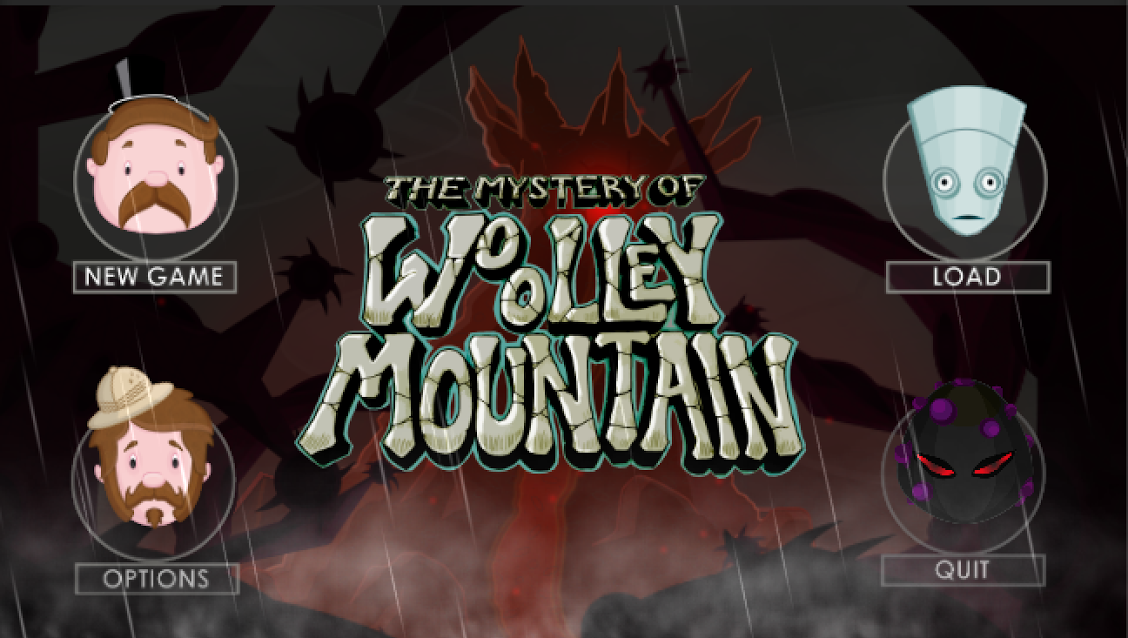
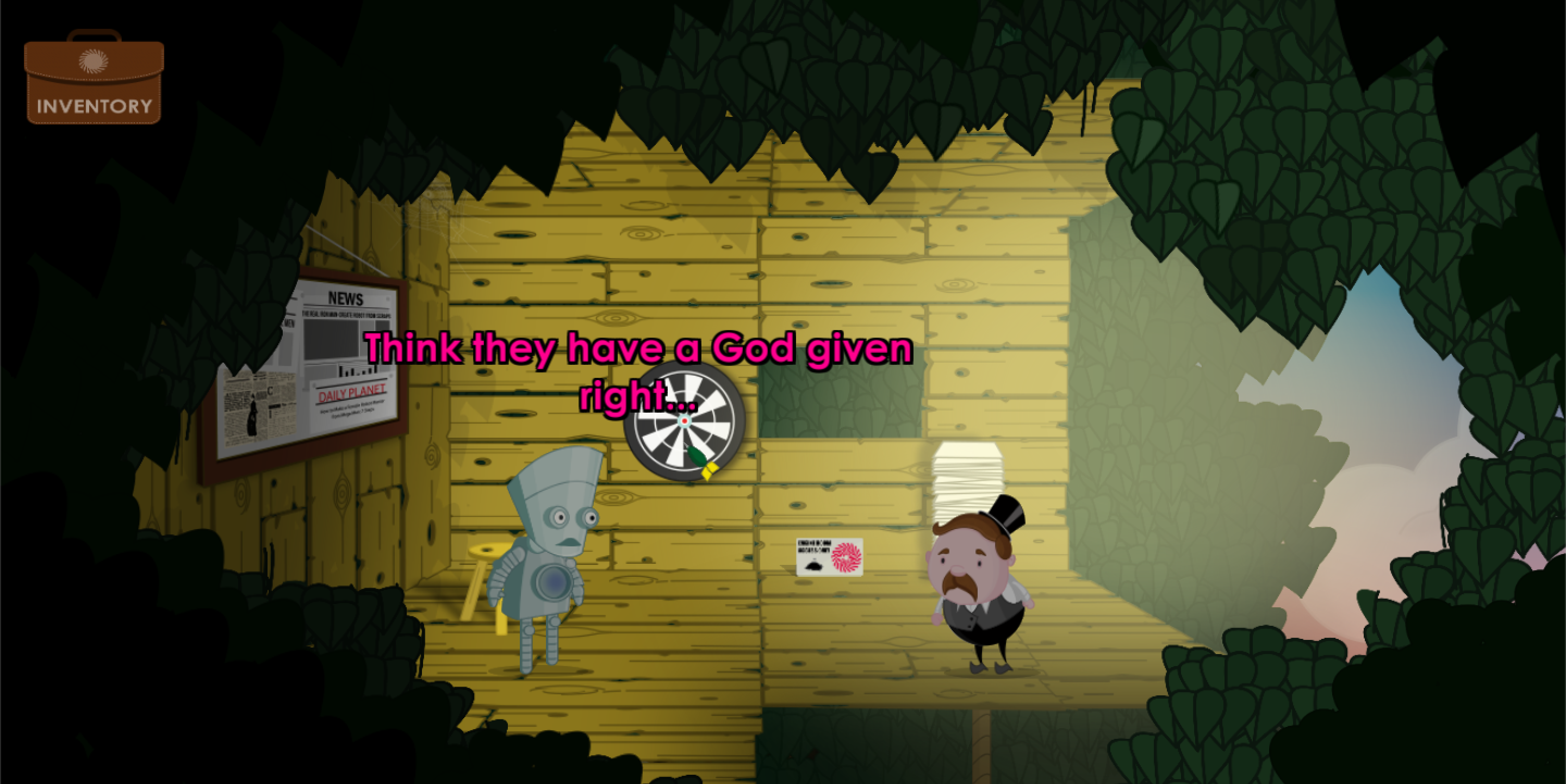
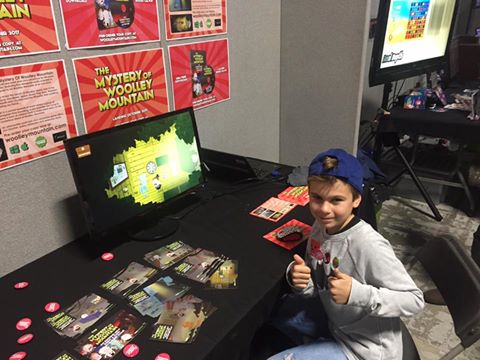
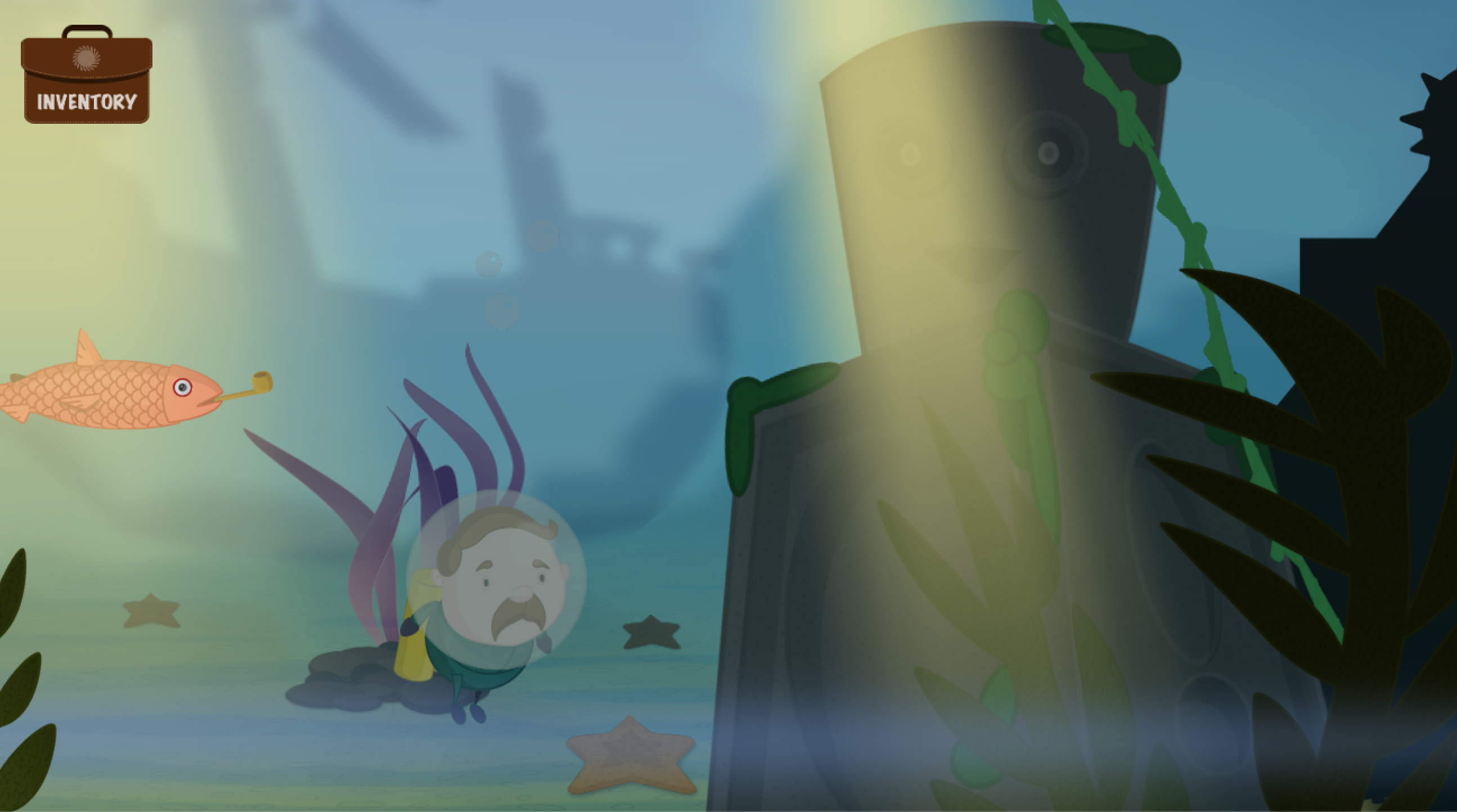
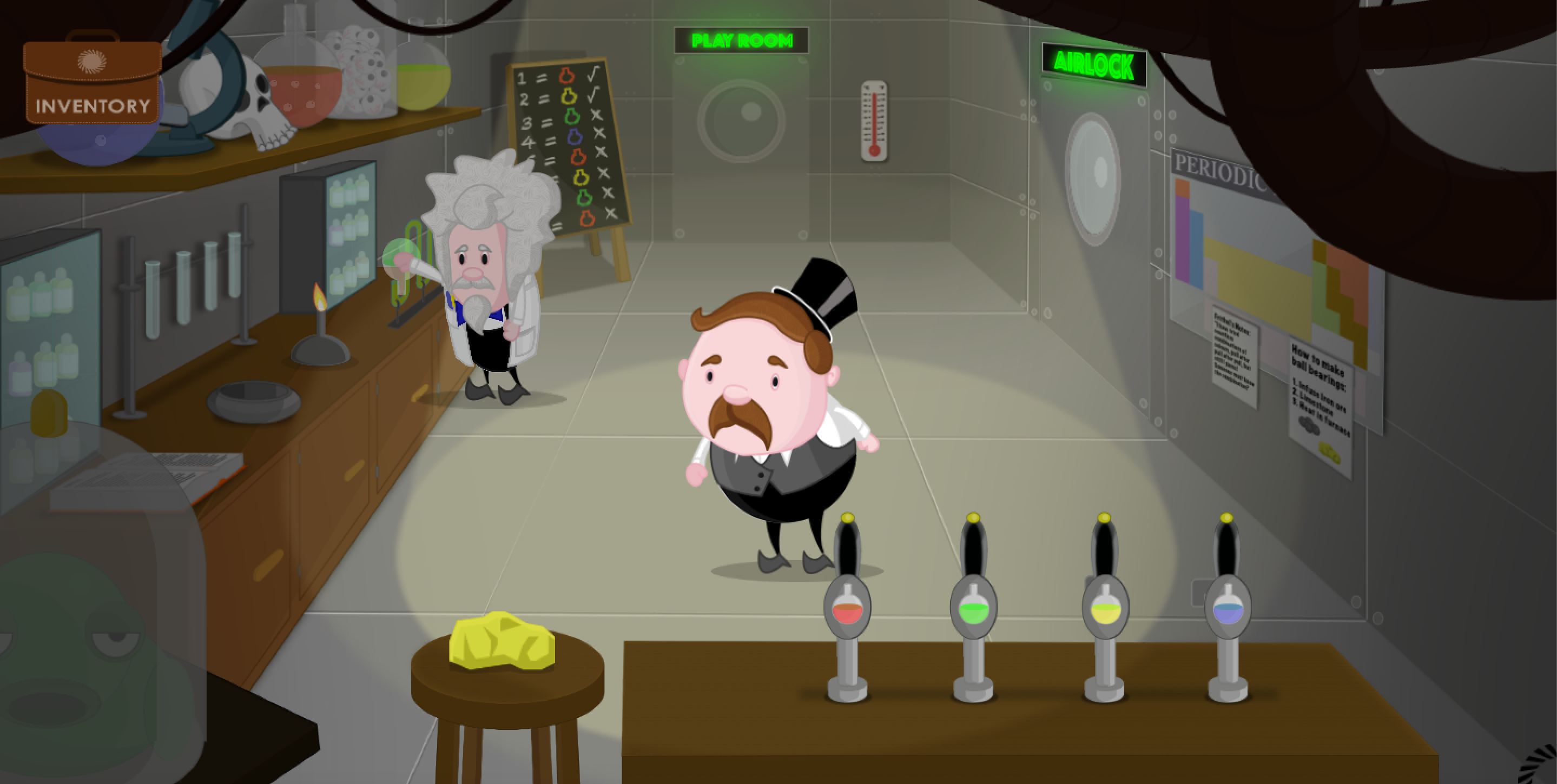
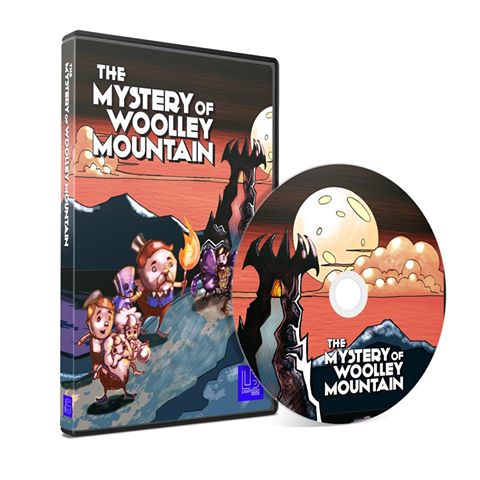
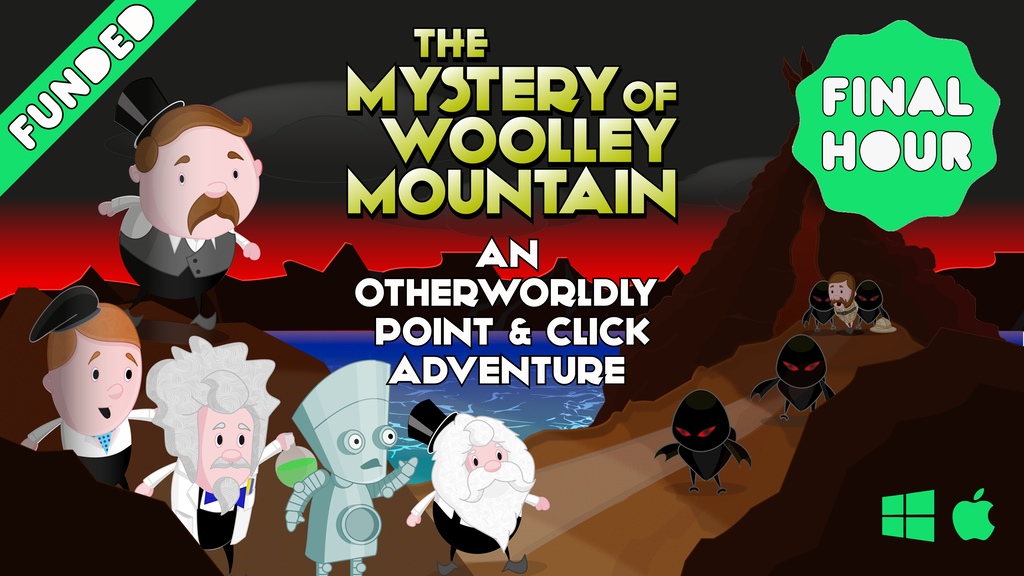





Published: Dec 19, 2016 10:32 am